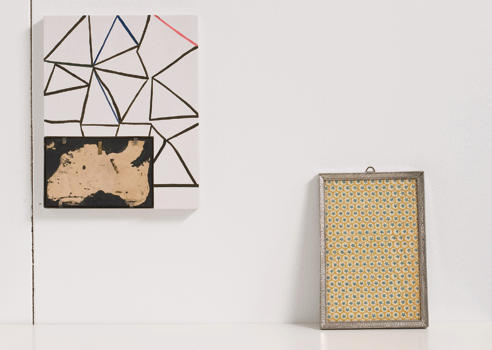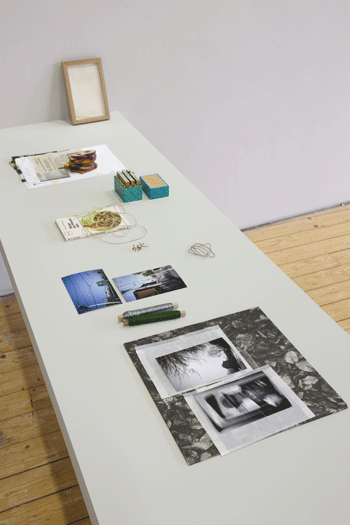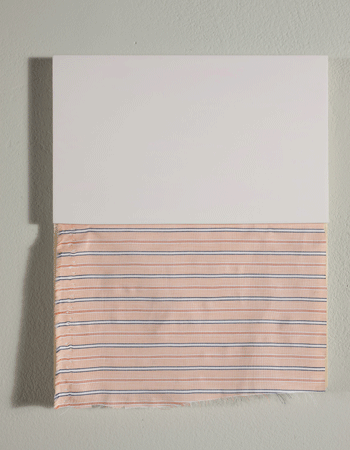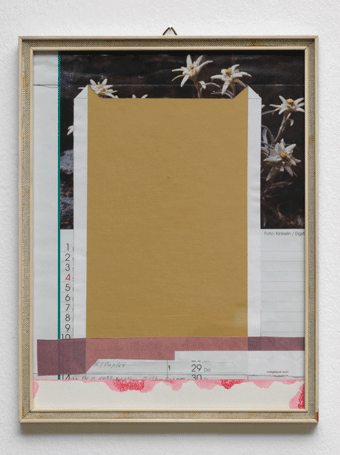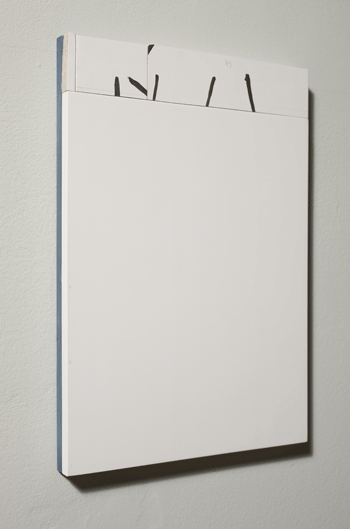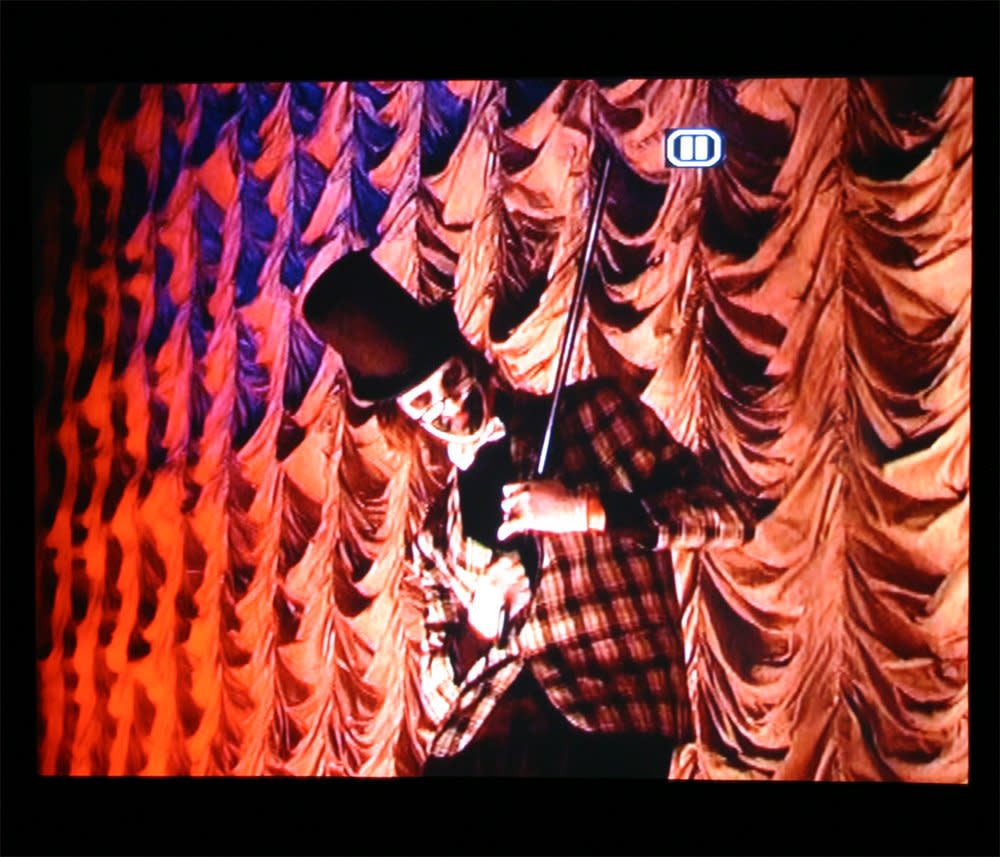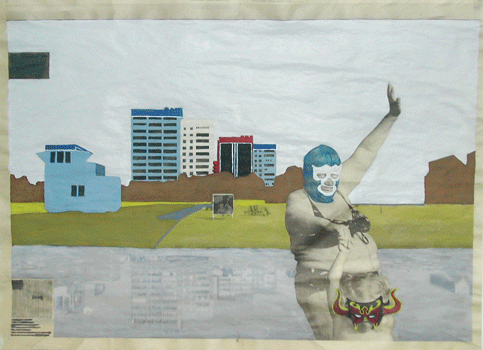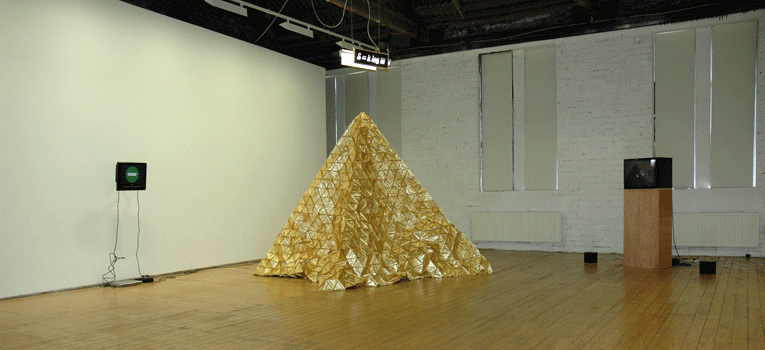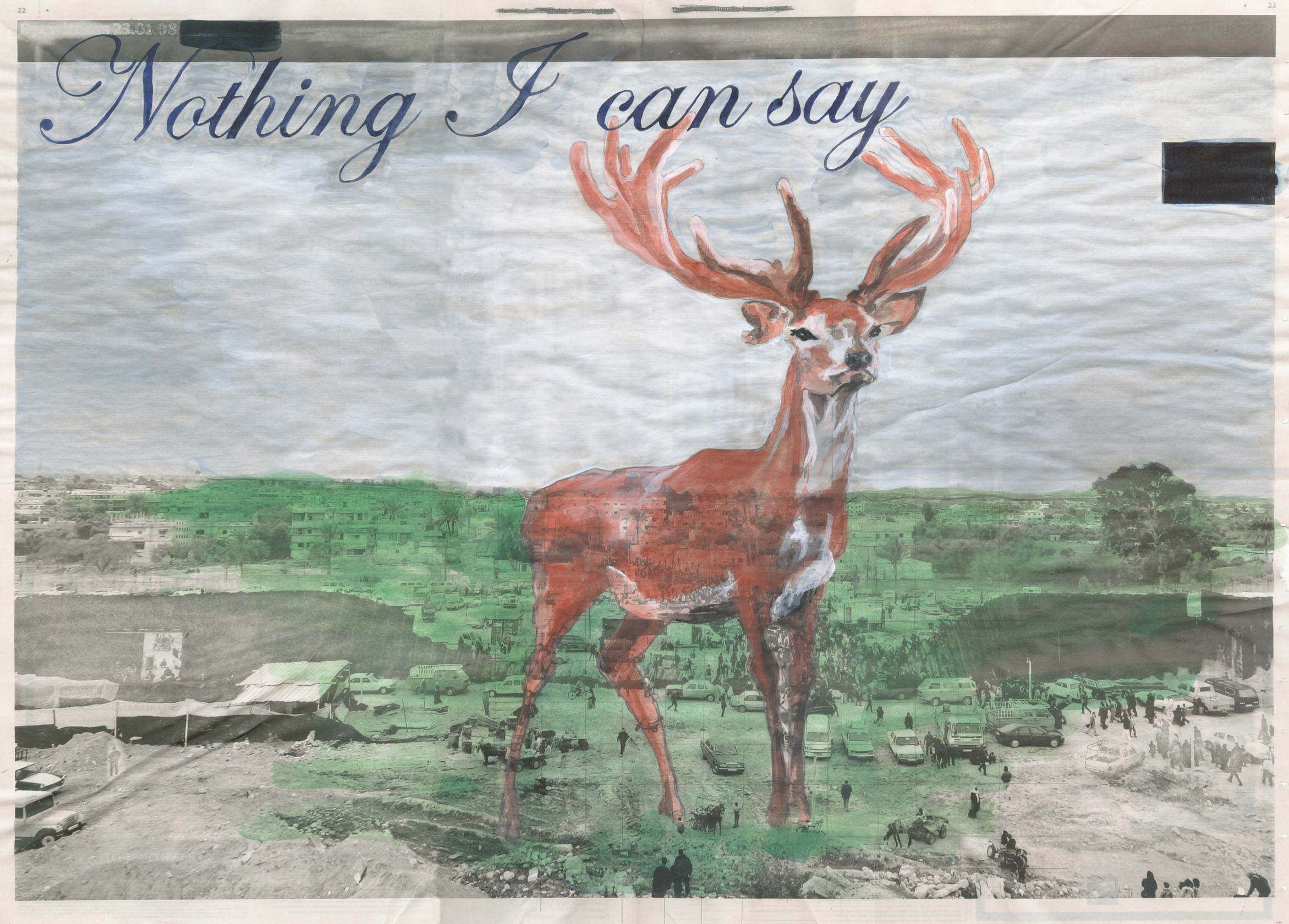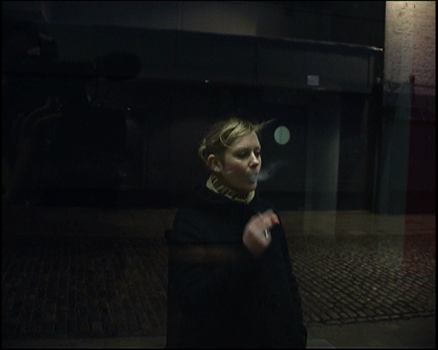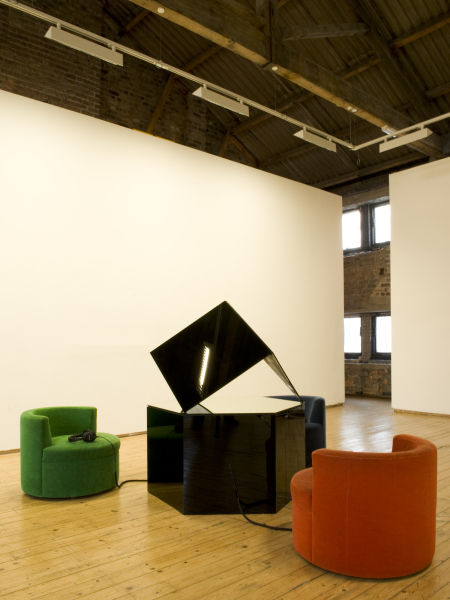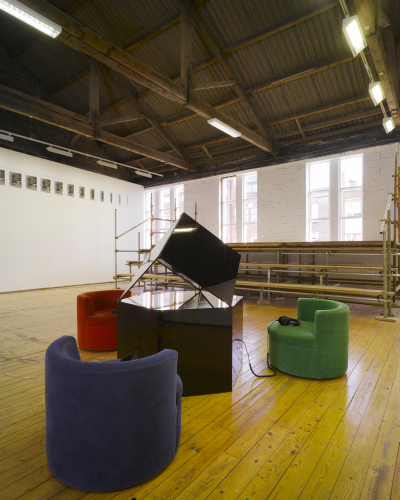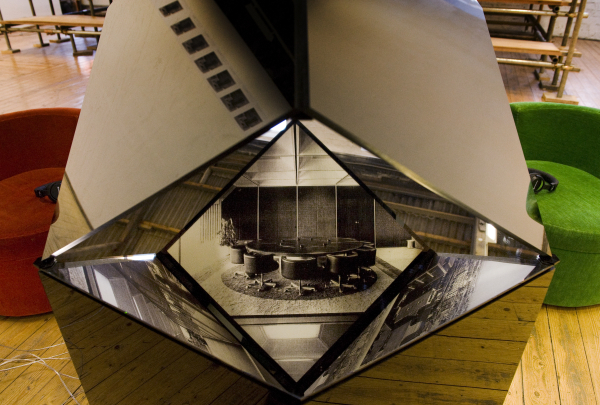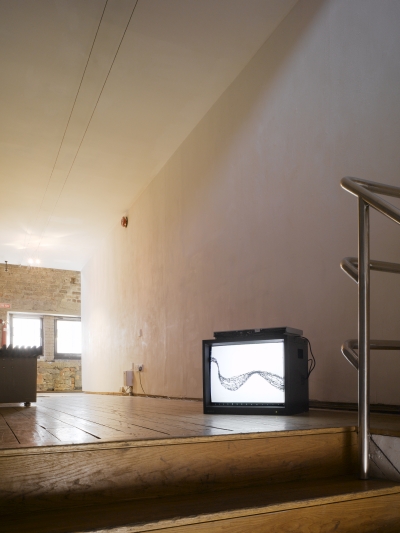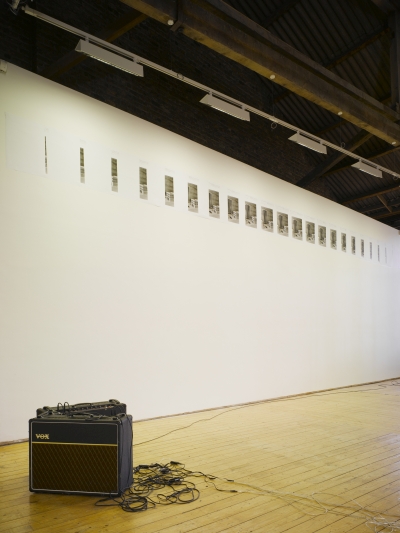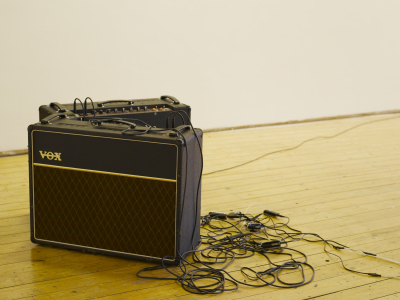Bea McMahon: Present
In Bea McMahon’s first solo show at Green On Red Gallery, titled Present, she explores philosophical and scientific texts on how we inhabit the present. Her practice, which involves drawings, video and sculpture, illustrates her preoccupation with the division between fiction and reality.
Einstein believed that there was no absolute simultaneity; he stated that the distinction between past, present and future were illusionary. Bea explores such ideas through a visual narrative. In her current exhibition she invokes Dante’s epic poem The Divine Comedy and Nikolai Federov’s Philosophy of the Common Task.
She presents nine drawings, which provide a visual lexicon for Dante’s journey with Virgil and Beatrice through hell, purgatory and paradise. The underlying theme of this poem being the moral and ethical corruption of church and society brought about by wealth. This correlates with Federov’s socialist concern with justice for all. A philosopher of the late nineteenth century his writings on the Philosophy of the Common Task disseminated his belief in the creation of technological, social and political conditions whereby people could be re-animated, re-connecting the past with the future, in a manner comparable to the Christian promise of resurrection.
In this video work she engages with the notion of a journey through space whereby Ferderov is re-animated into the ‘present’. Historical figures become agents in the pursuit of aligning matter and spirit while alluding to the continuing scientific quest to find the actual construction of mass.
The sculptures within the exhibition reference the visualisation of ‘light cones’, which are a graphic device used to represent all the possible paths in space that light can take in the past, present and future.
Bea McMahon (b.Ireland 1972) received a Masters in Visual Arts Practice from Dun Laoghaire Institute of Art and Design in 2007. Prior to that, she completed a primary degree in pure mathematics at Trinity College Dublin (1994) and a Masters degree in mathematical physics at University College Dublin (1997).
She was awarded a Visual Artist Bursary from the Arts Council of Ireland in 2005, 2006 and 2008. In 2007 she was awarded the Curated Visual Artist Award from the Arts Council of Ireland. She is included in the collection of the Arts Council of Ireland.
